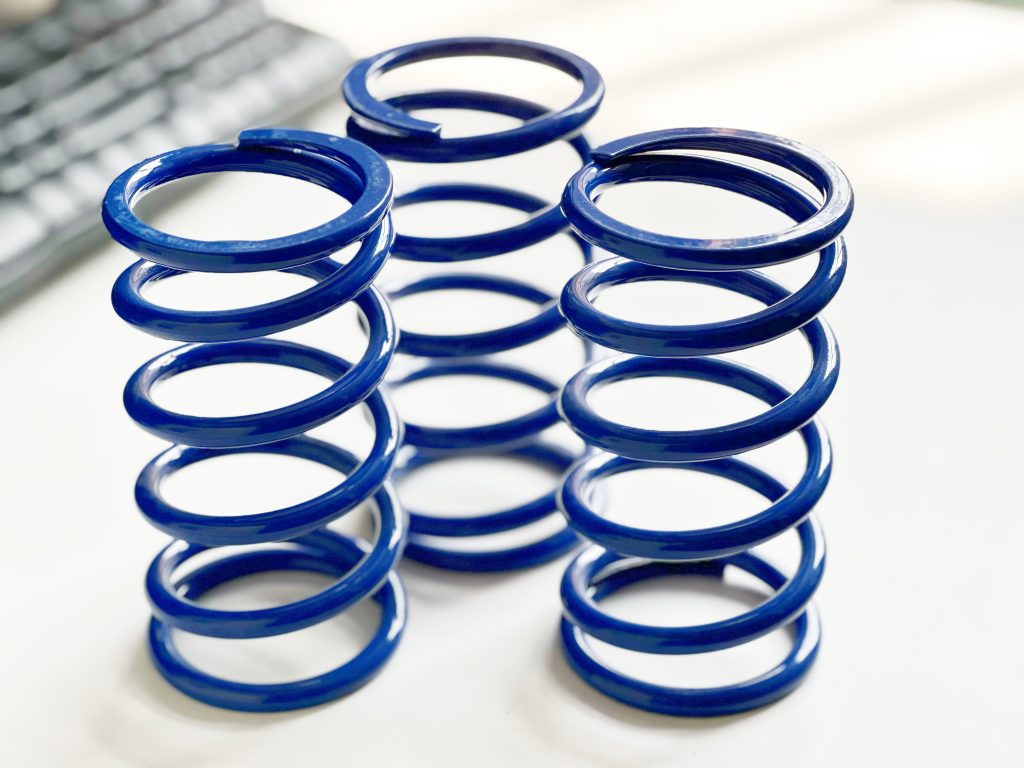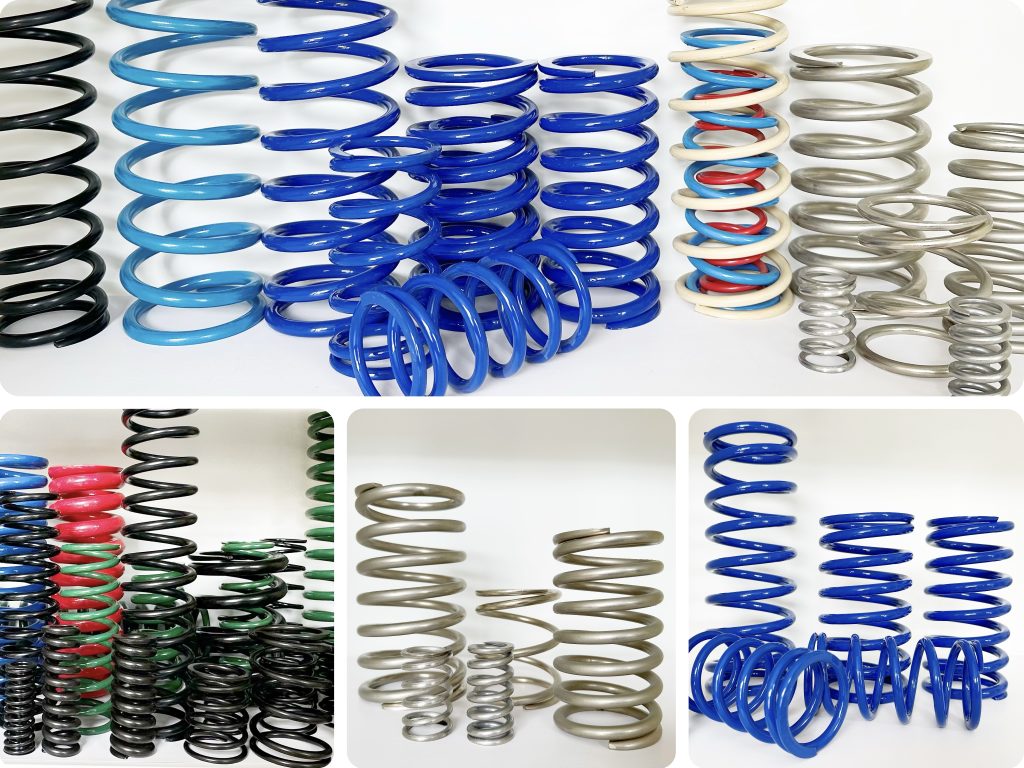
Selecting the appropriate spring range is crucial in valve sizing, as it impacts the valve’s performance and responsiveness. Here are some considerations when choosing the spring range:
1.Pressure Differential Requirements: Consider the pressure differential variations within the pipeline system. Ensure that the spring range chosen is wide enough to accommodate these variations. A too-narrow spring range may result in the valve’s inability to meet system requirements.
2.Accuracy Requirements: Determine whether high-precision control is needed based on your application. Some applications require more precise control, which may necessitate selecting a valve with a narrower spring range.
3.Temperature and Media: Consider the effect of media and temperature on the spring. Certain media may corrode spring materials, requiring special materials or coatings. Temperature fluctuations can also affect spring performance, necessitating the selection of suitable materials and spring designs.
4.Valve Type: Different types of valves (e.g., ball valves, butterfly valves, globe valves, etc.) may require different spring ranges. Ensure that the chosen spring is compatible with the valve type you’ve selected.
5.Pressure Drop Requirements: If your application requires a specific pressure drop, ensure that the selected spring range can provide the control needed to meet this requirement.
6.Pressure Rating: Based on the system’s pressure rating, make sure the spring can withstand the pressure range.
The best practice is to collaborate with the valve manufacturer or a professional engineer to ensure that the chosen spring range suits your specific application requirements and guarantees stable valve operation under various operating conditions.
